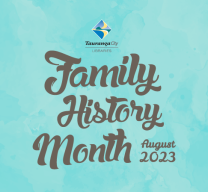 For Family History month this year, we had a lock-in event in the Tauranga Library. After the library closed on Saturday to the public, those people who had registered for the event were allowed in (and locked in) for the evening.
For Family History month this year, we had a lock-in event in the Tauranga Library. After the library closed on Saturday to the public, those people who had registered for the event were allowed in (and locked in) for the evening.
We started the event with a tour of the library with a family history perspective, which included biographies, magazines, and of course the family history research area with microfiche, and library editions of online family history websites.
We had two speakers for the evening. First up was Carol Neill, who gave a thought-provoking look at the overlap between family history and local history. You oughtn’t to do family history without being aware of the local history of the area where your ancestors lived, and local history cannot be researched without including the stories of local people of the time. So the two are intrinsically linked. She had some marvellous photos from the local Tauranga area and led a discussion with the audience on historical events that had changed the area.
After some refreshments (sandwiches and cake with a cuppa) we continued with the program.
Next up was me giving a brand new presentation about the Wilson Collection. We had encountered so many people coming to the volunteer drop-in genealogy help at the library that had not heard of this website that we collectively decided that we needed to do a presentation about it to raise its profile. Since my research is not generally in New Zealand and the Wilson Collection is all about New Zealand research, we made a pact. The other volunteers would find the example records to illustrate using it and I would put together and give the presentation. A PDF of the slides and notes can be viewed and downloaded from here.
It was a marvellous evening, and did feel a little bit naughty to be in the library after hours, which just added to the fun. The feedback so far about the event has been great.

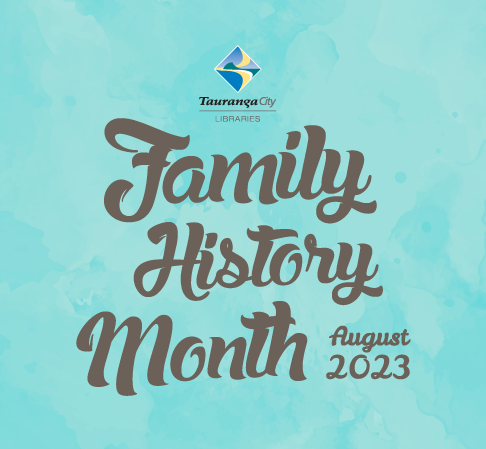
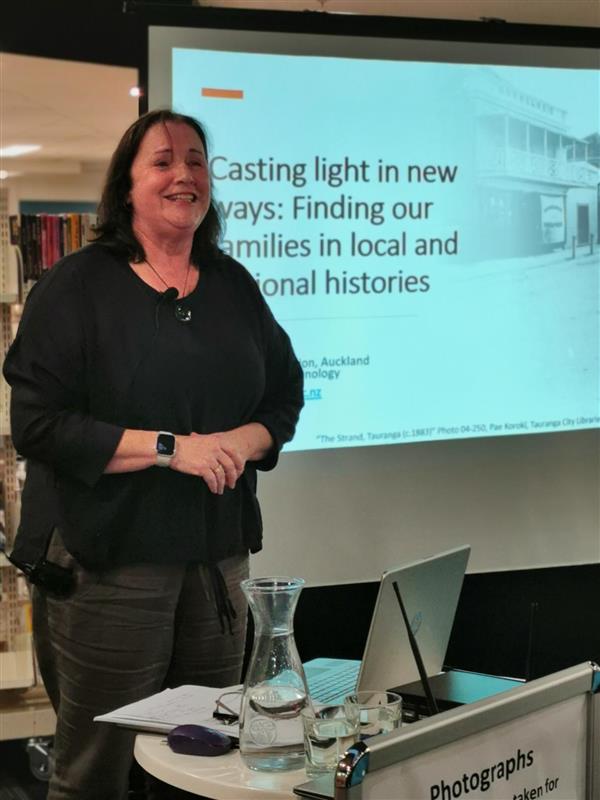
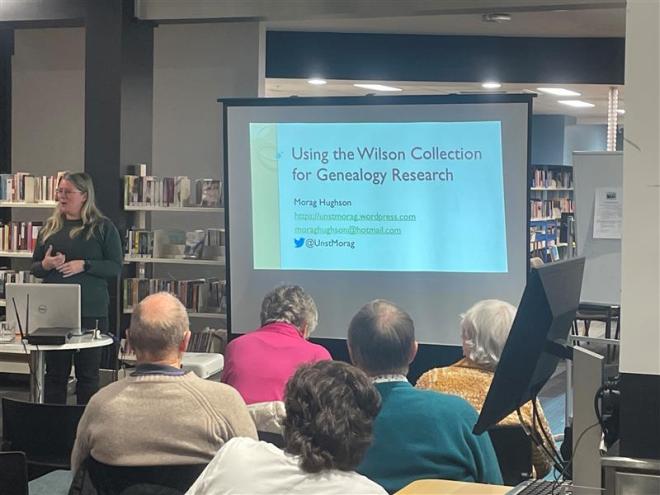
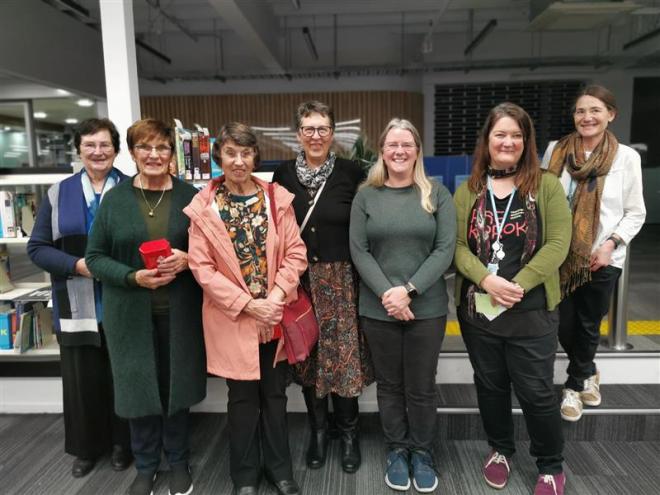
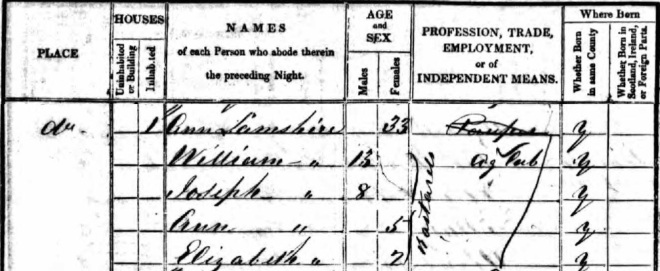
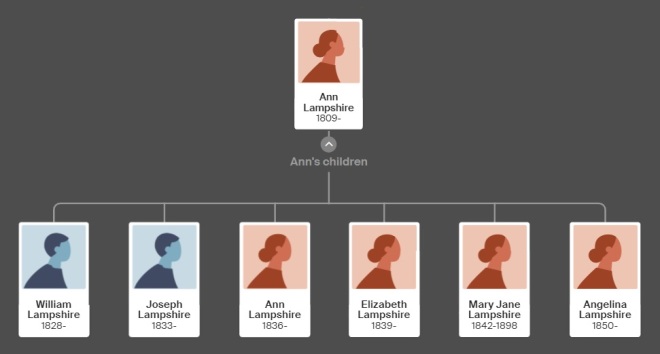

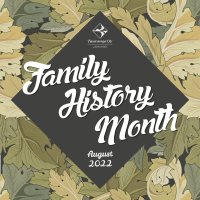 August is family history month in New Zealand, and Tauranga Library held an event on Saturday 6th August. We had four presentations with a mixture of in-person and Zoom presenters and a mixture of in-person and Zoom audience too. This combination could be problematic, technology being what it is, but all went well.
August is family history month in New Zealand, and Tauranga Library held an event on Saturday 6th August. We had four presentations with a mixture of in-person and Zoom presenters and a mixture of in-person and Zoom audience too. This combination could be problematic, technology being what it is, but all went well.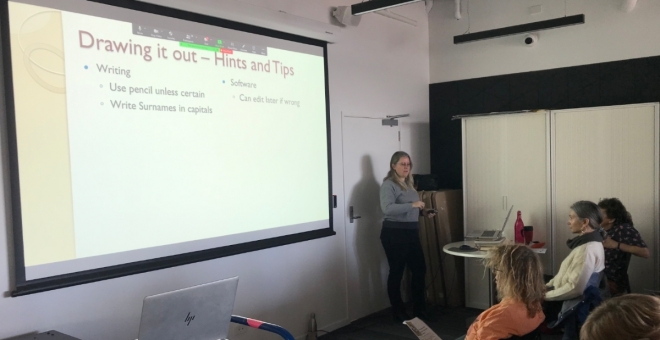

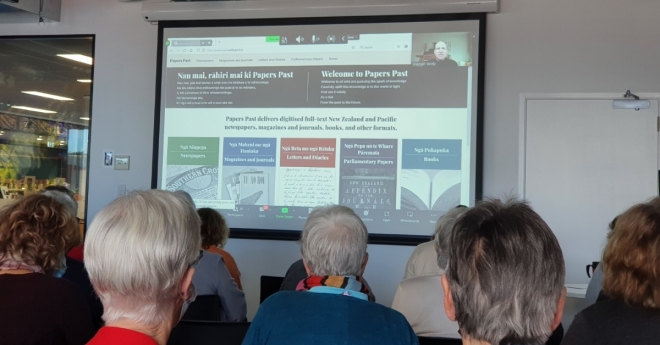
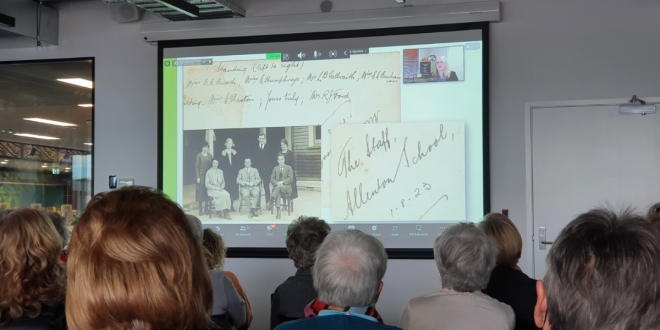
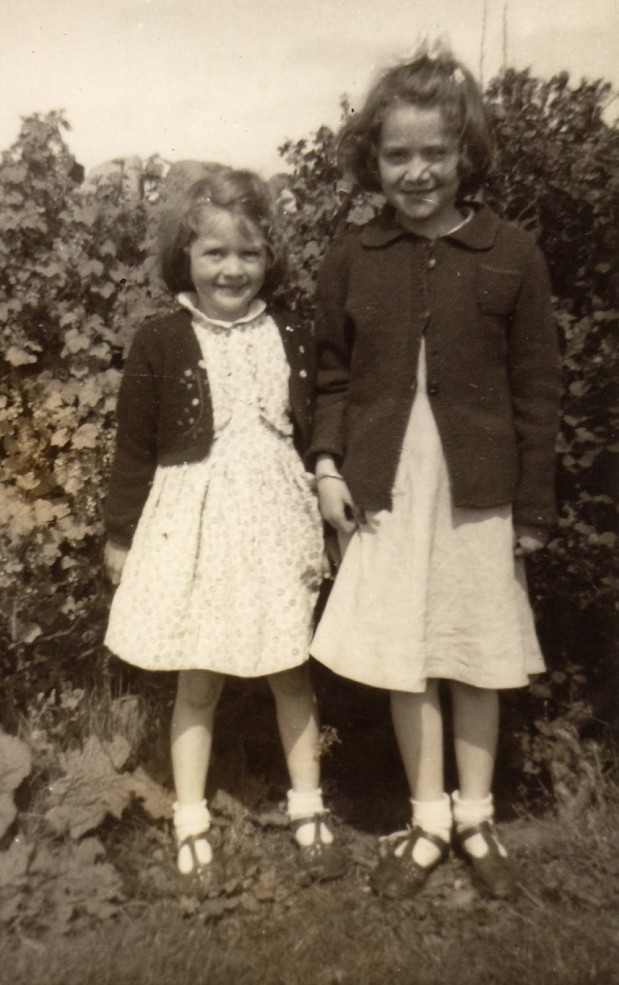


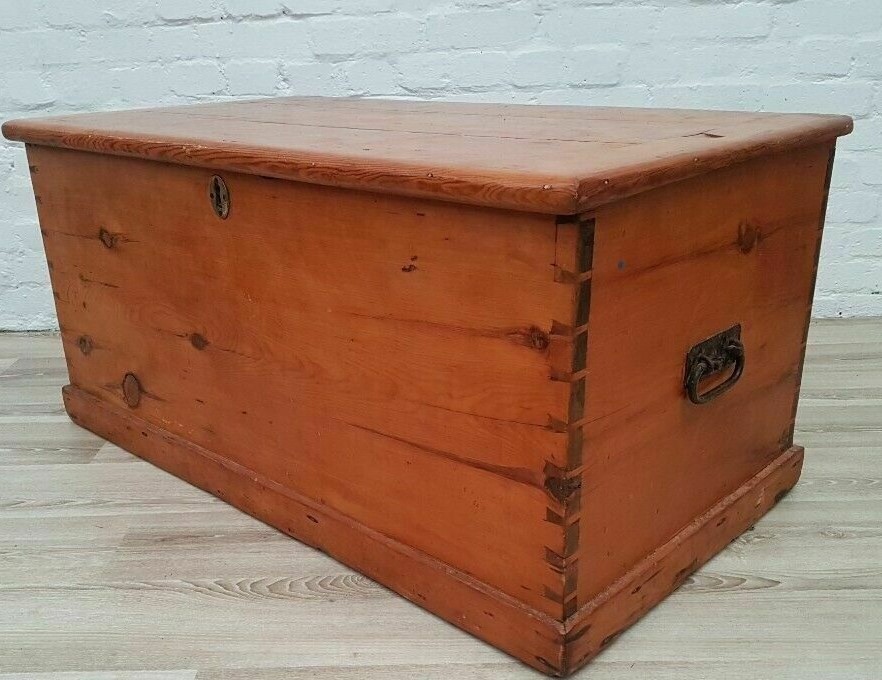
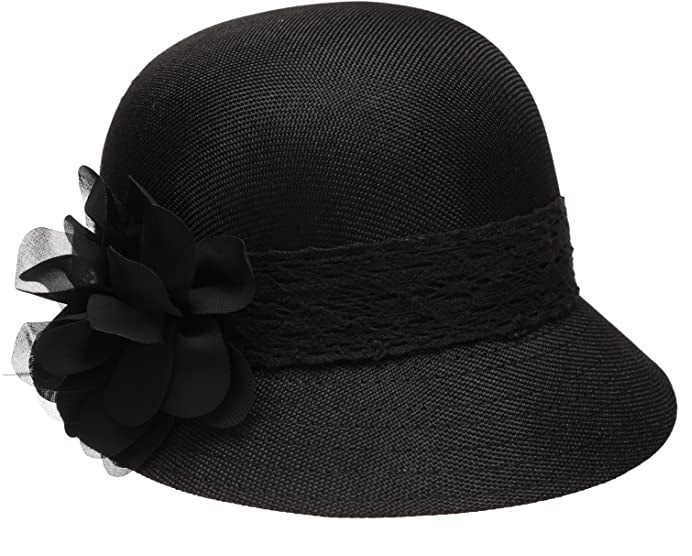
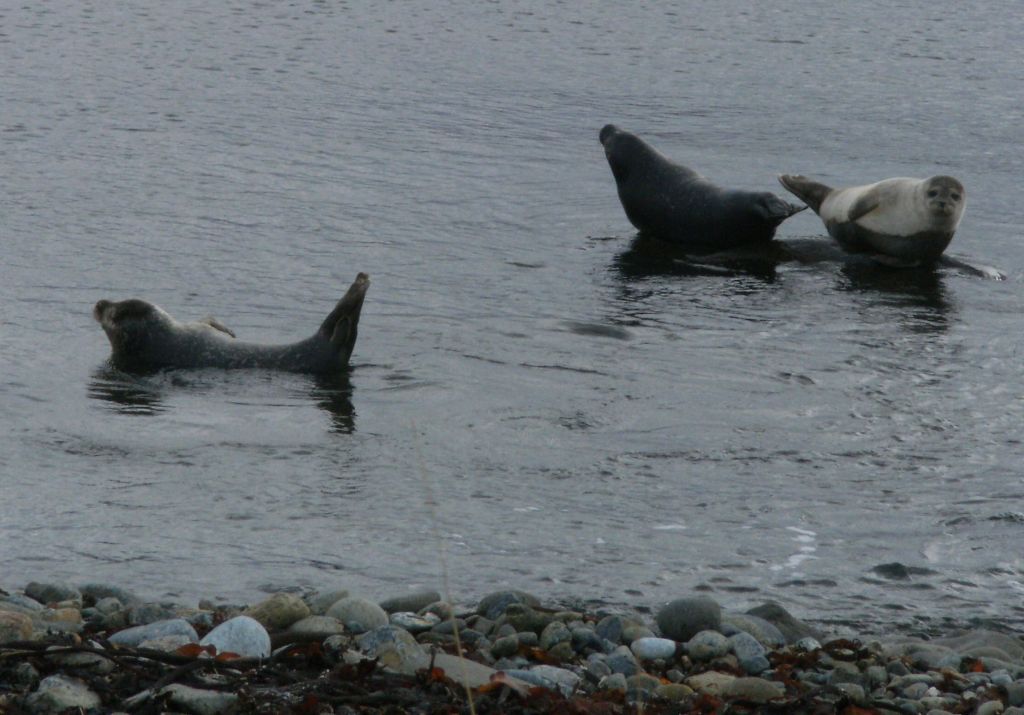
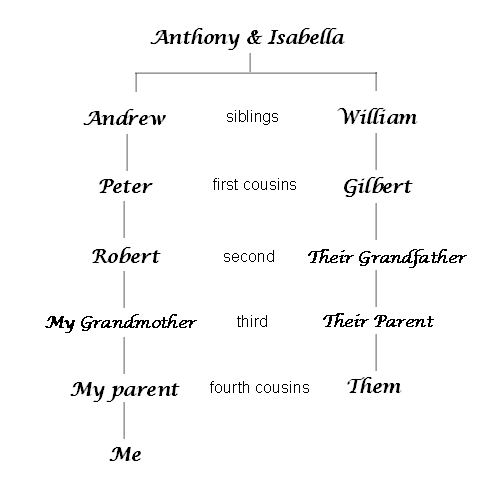




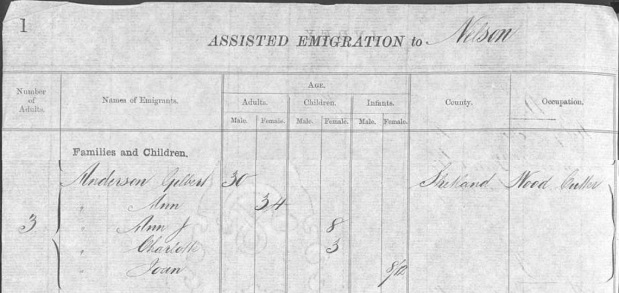








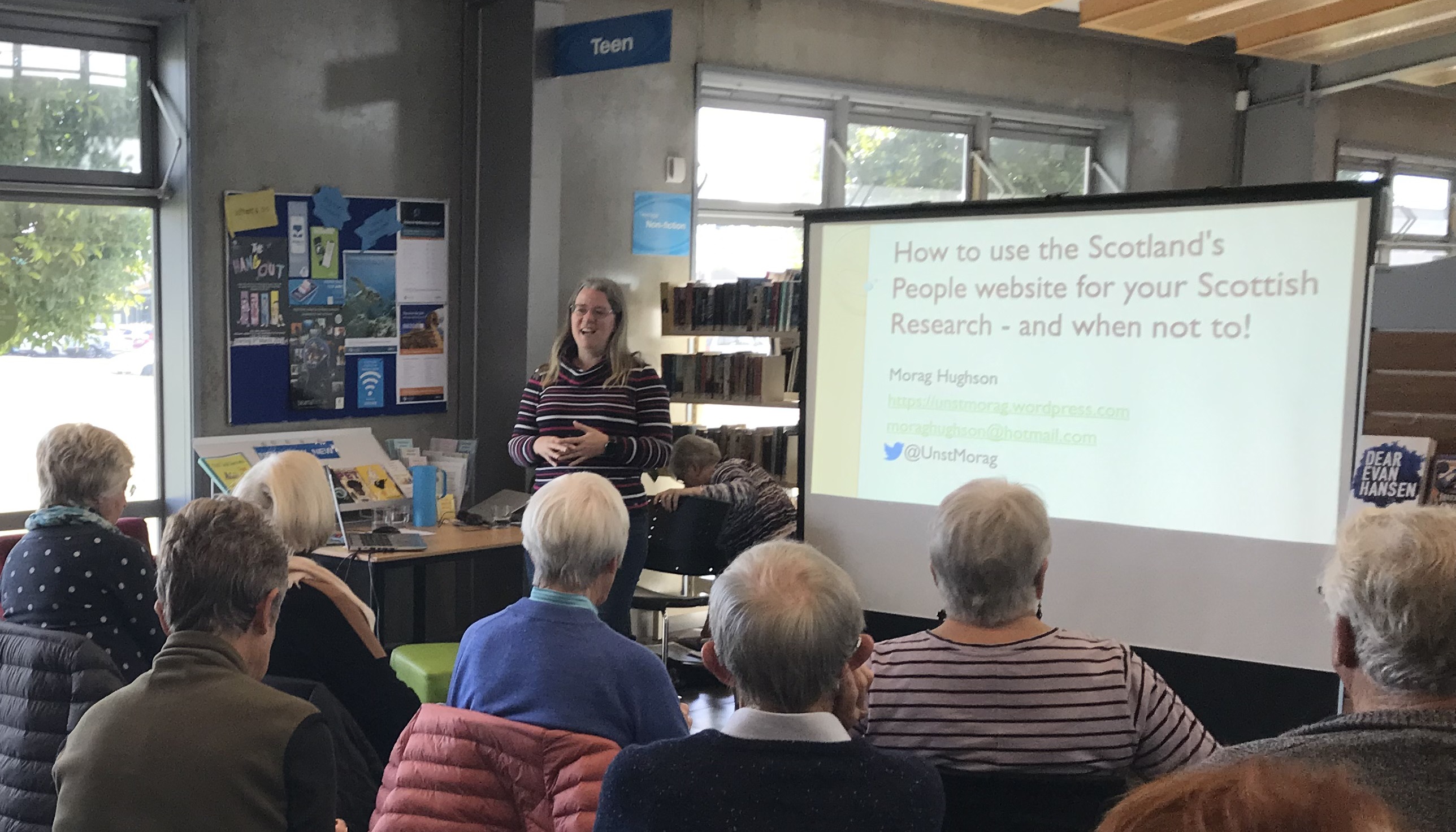
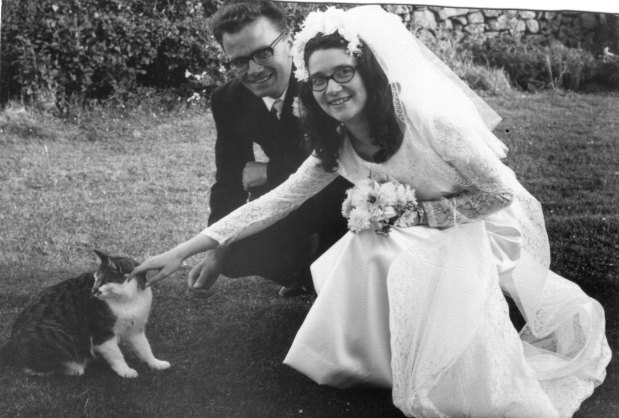






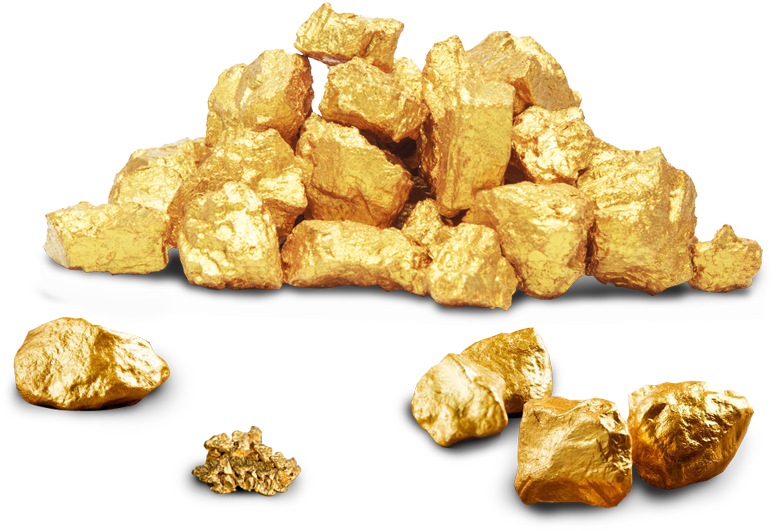 Sowburn, Otago is now called Patearoa. It is a small settlement in the heart of the Maniototo Plain that is a rural farming community that has links going back to a gold rush in the 1860’s. The location he lived in New Zealand and the occupations listed on various records, suggest he went to New Zealand for the gold rush.
Sowburn, Otago is now called Patearoa. It is a small settlement in the heart of the Maniototo Plain that is a rural farming community that has links going back to a gold rush in the 1860’s. The location he lived in New Zealand and the occupations listed on various records, suggest he went to New Zealand for the gold rush.